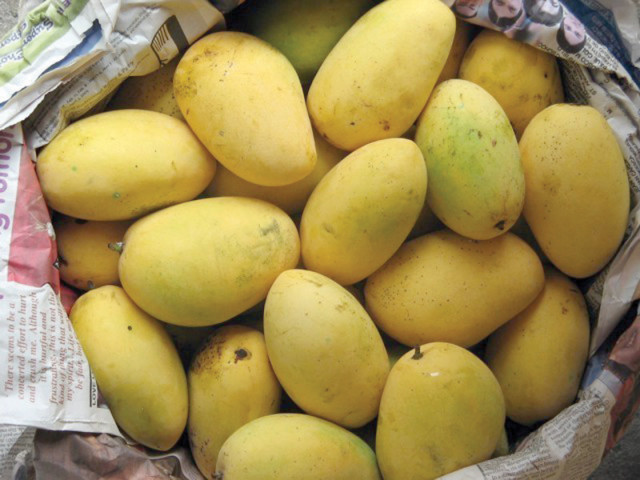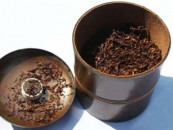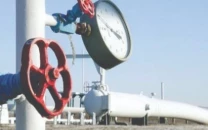Sweet prospects: elevating Pakistan's mango exports
Country ships only 10% of produce as high costs, quality fears restrict growth

Pakistan, the world's sixth-largest mango exporter, boasts over 200 varieties, yet struggles to translate its abundance into export growth. With around 1.2 million tonnes of mangoes produced annually over the past several years, the country still exports only about 10% of its produce. High production costs and persistent quality concerns continue to constrain growth.
Pakistan Horticulture Development & Export Board Manager Khawar Nadeem highlights that up to 30% of mangoes are lost from orchard to consumer due to outdated farming practices.
Unlike conventional Pakistani farms with 40-60 plants per acre, countries like Australia and Egypt cultivate up to 600 plants per acre by using high-density planting, superior rootstocks, and greenhouse setups. "If orchards with modern technology can be established, yields could multiply," Nadeem says.
"For that, we need greater adoption of genetic engineering and the establishment of comprehensive production facilities, such as greenhouses, to offset the declining quality of nurseries caused by contamination from germs, diseases, and pests. At the same time, it is essential to introduce dwarf rootstock varieties that offer better adaptability to Pakistan's soil conditions," he adds.
Bahauddin Zakariya University Vice Chancellor Dr Muhammad Zubair Iqbal points to another barrier — costs. "Electricity, gas, land, and registration fees are all too high. If we really want this industry to grow, input costs must come down and registration processes should be eased."
Beyond production, Iqbal highlights chronic quality issues. He calls for government-backed standards to ensure only premium fruit enters the export chain. "Pakistan's mango sector remains largely raw fruit focused, missing out on lucrative value-added opportunities. Juicing units, drying plants, packaging facilities, and industry training are essential. A full supply chain must connect producing regions with export ports."
Nadeem agrees, emphasising the need for pulping, dehydration, and freeze-drying facilities. Neighbouring countries, he notes, convert as much as 70% of production into pulp. "Exports could be conveniently tripled, provided we move up the value chain."
A Sino-sweet partnership
In May, the All Pakistan Fruit & Vegetable Exporters, Importers & Merchants Association (PFVA) launched its 2025 mango export season, setting a target of 125,000 tonnes worth an estimated $100 million.
China, the world's largest fruit consumer, has emerged as one of Pakistan's fastest-growing markets. In 2023, Pakistan's mango exports to China exceeded 115,000 tonnes with a trade value of $80 million. Pakistan's Ambassador to China Khalil Hashmi told China Economic Net that the country aims to double exports to China within five years.
The results of bilateral cooperation are already visible. Cold chain logistics have cut transit times by 50% and reduced spoilage rates. Chinese technologies in preservation and processing are helping raise value-added returns. On e-commerce platforms such as JD.com and Pinduoduo, daily peak sales exceeded 50 tonnes, with satisfaction rates above 98%, according to Zhang Qingfeng, Vice President of the China Fruit Marketing Association.
Iqbal sees further potential in Chinese equipment. "We need compact units with storage capacity, boilers, and vacuum-sealed systems to maintain hygiene and shelf life. Harvesting machinery, whether imported or locally produced, could also raise efficiency. Pakistan still lacks packaging facilities of international standard."





















COMMENTS (2)
Comments are moderated and generally will be posted if they are on-topic and not abusive.
For more information, please see our Comments FAQ